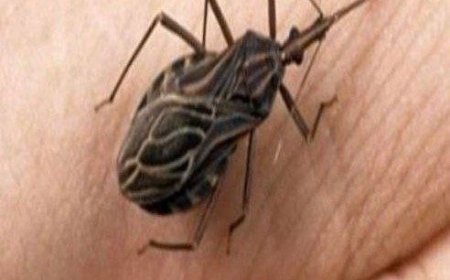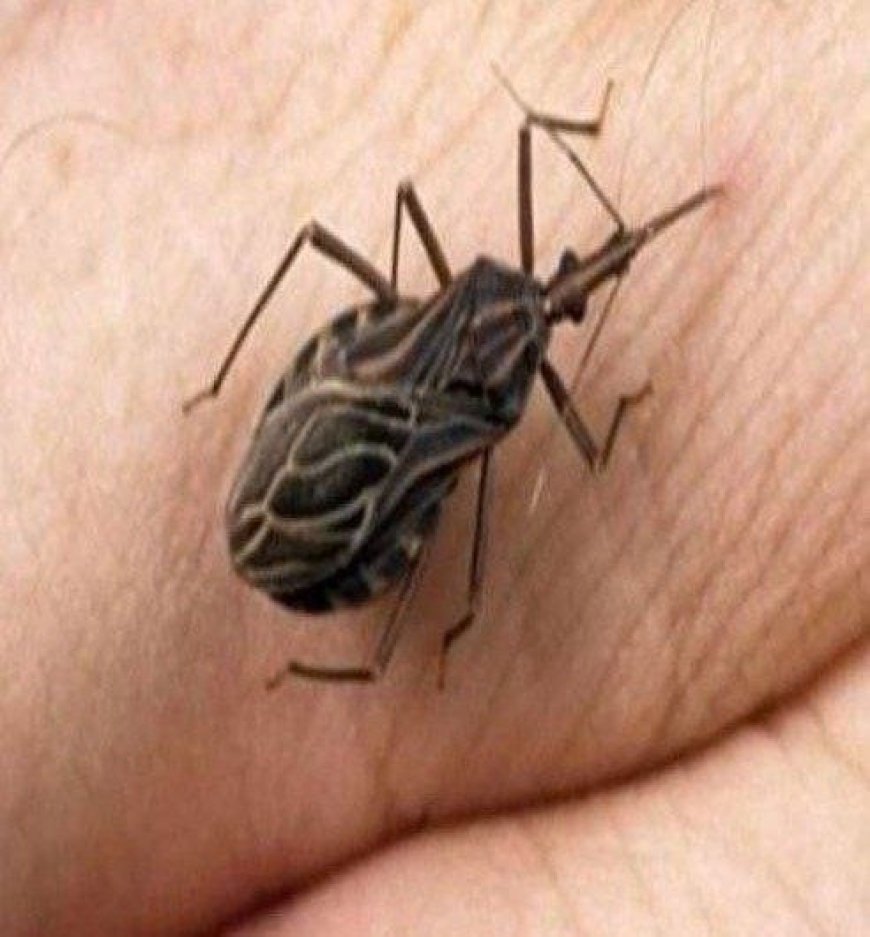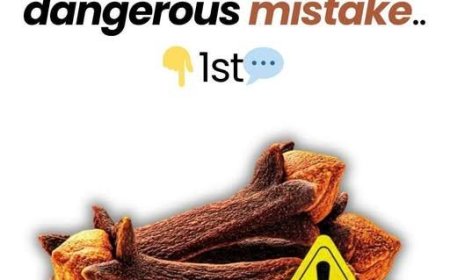If you notice this insect in your home, call the specialized services immediately
There are countless insects in nature, but only a few pose a real threat to human health. The insect shown in the image above is one of the most concerning species known to science. Often referred to as the kissing bug or Chagas bug, this insect is associated with the transmission of a serious parasitic illness known as American Trypanosomiasis (commonly called Chagas disease). Understanding why this insect is dangerous — and how to protect yourself — is essential for keeping your home and family safe.
1.
While the insect itself is not aggressive, the real danger comes from the fact that it can carry Trypanosoma cruzi, a parasite responsible for Chagas disease. This illness affects both humans and animals and can lead to severe health complications if left untreated. Many people do not realize they have been infected because the early symptoms often resemble those of a mild cold or flu.
Chagas insects are also particularly troubling because they feed on the blood of humans and animals. While feeding, they may leave behind contaminated material near the bite area. If the parasite enters the body through the skin, eyes, or mouth, an infection may occur. Because of the silent and slow-developing nature of the disease, individuals may not immediately connect their symptoms to the insect encounter.
Why Are These Insects Found in Homes?
Although they are naturally found outdoors — under rocks, inside hollow trees, within cracks, or hidden in dense vegetation — these insects may enter homes in search of food or shelter. Houses with small wall openings, poorly sealed windows, or cluttered outdoor areas are at higher risk. Areas with warm climates, such as parts of Texas, Latin America, and the southern United States, report higher numbers of sightings.
Residents in these regions have shared numerous accounts of these insects hiding near beds, behind furniture,
inside garages, and even in storage spaces. Because they are attracted to warmth and carbon dioxide, sleeping humans become easy targets during nighttime hours.
Symptoms That Should Not Be Ignored
Early symptoms of infection can be subtle, which is why the illness is often overlooked. These may include:
Mild fever
Fatigue
Headaches
Swelling near the bite area
Flu-like discomfort
In very sensitive individuals, allergic reactions may occur. Although severe reactions are not common, anyone experiencing difficulty breathing, swelling, or sudden dizziness should seek medical attention immediately.
Because the symptoms vary from person to person, health experts recommend getting examined by a professional if you suspect contact with this insect — especially if you notice unusual swelling or prolonged discomfort.
What To Do If You Find This Insect in Your Home
If you identify an insect resembling the Chagas bug in your living space, do not attempt to crush it with your bare hands. Instead:
Contact professional pest control services immediately.
They can correctly identify the insect and safely remove it.
Capture it only if safe to do so, using a jar or container for identification purposes.
Keep pets and children away from the area where the insect was found.
Inspect your home for cracks, gaps, or entry points that may need sealing.
Wash hands thoroughly if you touched any contaminated surfaces.
Prevention Tips to Keep Your Home Safe
Staying informed and prepared is the best way to protect yourself. Consider these preventive measures:
Seal all wall cracks, door gaps, and window openings.
Install screens on windows and vents.
Keep outdoor areas clean and free of piles of wood, stones, or debris.
Avoid leaving outdoor lights on at night, as they can attract insects.
Regularly check sleeping areas, especially if you live in a warm climate.
Tap the p.hoto to v.iew the full r.ecipe.




























